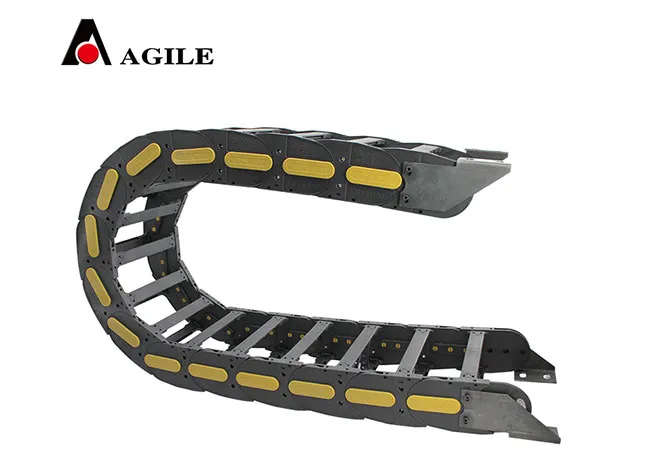Exploring the Advantages of Cable Carrier Systems in Modern Industries
The Evolution and Significance of Cable Carrier Systems
Cable carrier systems have transformed the way industries manage and protect cables and hoses, playing a crucial role in various sectors, from manufacturing to entertainment. These systems are designed to guide, support, and protect cables as they move with machinery, thereby ensuring optimal performance and longevity. As technology has evolved, so too have cable carrier systems, resulting in innovative designs and enhanced functionalities.
What Are Cable Carrier Systems?
Cable carrier systems, also known as cable tracks or drag chains, are mechanical structures that house and guide cables and hoses in a controlled manner. They are typically made up of interconnected links, forming an enclosed channel that provides protection against wear and tear, dirt, and other environmental factors. By controlling the movement of cables, these systems help prevent tangling and damage, significantly extending the lifespan of electrical and hydraulic lines.
The Historical Context
The concept of cable carriers dates back several decades. Initially, cables were laid out along the production floor in a less organized manner, often leading to hazardous situations, inefficiency, and cable wear. The advent of cable carrier systems provided a solution to these problems, allowing for a safer and more efficient working environment. As industries advanced, the need for more sophisticated cable management solutions became apparent, leading to the development of various types of cable carriers tailored to specific applications.
Types of Cable Carrier Systems
There are several types of cable carrier systems, each designed to address particular needs
1. Light-Duty Cable Carriers Ideal for smaller applications, these carriers are lightweight and suitable for low-load environments, such as desktop machinery.
2. Medium-Duty Cable Carriers These systems provide a balance between weight and load capacity, making them suitable for a variety of machinery, including CNC machines and robotics.
3. Heavy-Duty Cable Carriers Designed for robust industrial applications, these carriers can support substantial loads and are often used in heavy machinery and automated systems.
Benefits of Implementing Cable Carrier Systems
cable carrier systems

The use of cable carrier systems offers numerous benefits
- Protection Cables are shielded from mechanical damage, abrasion, and environmental factors, which enhances their longevity. - Organization These systems streamline the workspace by keeping cables systematically arranged, reducing clutter and hazards.
- Flexibility Cable carriers can accommodate a variety of cables and hoses, allowing for easy installation and modification as needed.
- Increased Safety Reducing tripping hazards and preventing the entanglement of cables enhances workplace safety, which is a vital component of operational success.
- Efficiency By minimizing downtime caused by cable damage or tangling, businesses can improve overall productivity.
Applications of Cable Carrier Systems
Cable carrier systems are widely used in numerous applications across different industries. Common applications include
- Manufacturing In automated assembly lines where machinery continuously moves, cable carriers are essential for managing electrical and hydraulic lines.
- Construction Heavy machinery, such as cranes and excavators, uses cable carrier systems to protect and manage power and control cables.
- Entertainment In concert halls and theaters, cable carriers manage lighting and sound equipment, ensuring a tidy and efficient setup.
- Robotics The precision required in robotic applications often necessitates the use of cable carriers to ensure cables remain properly oriented and protected during movement.
Conclusion
As industries continue to evolve, so too will the technologies surrounding cable carrier systems. Innovations will pave the way for more efficient, versatile, and sustainable solutions that meet the ever-growing demands of modern manufacturing and automation. By providing protection, organization, and safety, cable carrier systems remain a fundamental component in the successful operation of diverse applications. Their development not only showcases the importance of efficient cable management but also highlights the continual pursuit of innovation in engineering and design.








